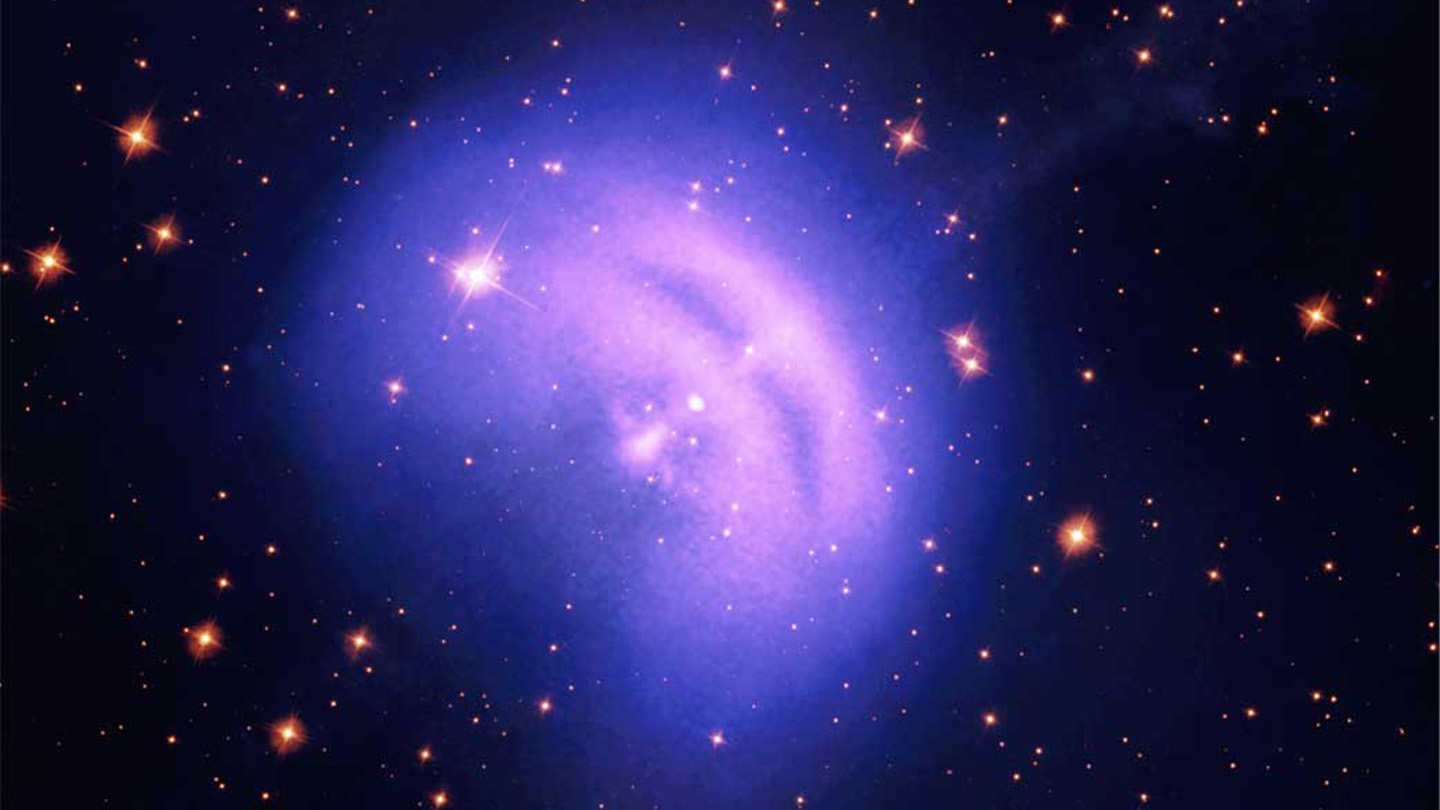The sweeping beams of cosmic lighthouses called pulsars are much more energetic than previously thought, calling into question the bulbs that power them.
A new analysis, from the High Energy Stereoscopic System array in Namibia, reveals a pulsar that radiates at 20 trillion electron volts — making it the most energetic pulsar ever seen. The finding, described October 5 in Nature Astronomy, is challenging scientists’ understanding of how pulsars can emit such extreme radiation.
The observation is “spectacular,” says Hayk Hakobyan, an astrophysicist at Columbia University who was not part of the study. “This is basically a stress test for our theories.”
Pulsars are the dense remnants of exploded stars, emitting beams of light as they twirl up to hundreds of times a second. Pulsars were first discovered in the late 1960s, from a throb of radio waves so consistent that some suggested it was an alien broadcast (SN: 3/8/18).
As a pulsar rotates, its massive magnetic field rips charged particles from the surface, ejecting them along magnetic field lines and spitting radiation out the pulsar’s poles. Over the decades, scientists have found pulsars that beam radiation at higher energies, topping off at about a trillion electron volts, as observed in the Crab pulsar in 2016.
In the new study, scientists analyzed 80 hours of data from the Namibian array, which looks for a wake of light given off when high-energy light emitted elsewhere in the universe crashes into molecules in Earth’s atmosphere. The researchers identified 78 super-energetic particles of light that they traced to a pulsar about 1,000 light-years from Earth, in the constellation Vela. That light, the team determined, had at least 20 times higher energy than the Crab pulsar observation.
The team first spotted hints of the mighty radiation a few years ago and struggled to interpret the data. “This discovery was so unexpected … that it somehow was difficult to understand,” says Arache Djannati-Ataï, an astrophysicist at CNRS in Paris, who led the analysis.
To reach such high energies, the light is probably boosted by collisions with other speedy, energetic particles such as electrons. But how it becomes so energetic is still up for debate.
The new finding lends support to the growing idea that, thousands of kilometers from a pulsar’s surface, its magnetic field lines can collide and snap, launching particles to extreme speeds in a process called magnetic reconnection. But the observed radiation is pushing the limit of how much energy the reconnection process can release, and scientists will have to scramble for new explanations if higher-energy pulsar radiation keeps turning up.
The possibility of extreme pulsar radiation had been looming over theorists, Hakobyan says. “But now, it’s definite. So now, you have to go do something about it.”












+ There are no comments
Add yours